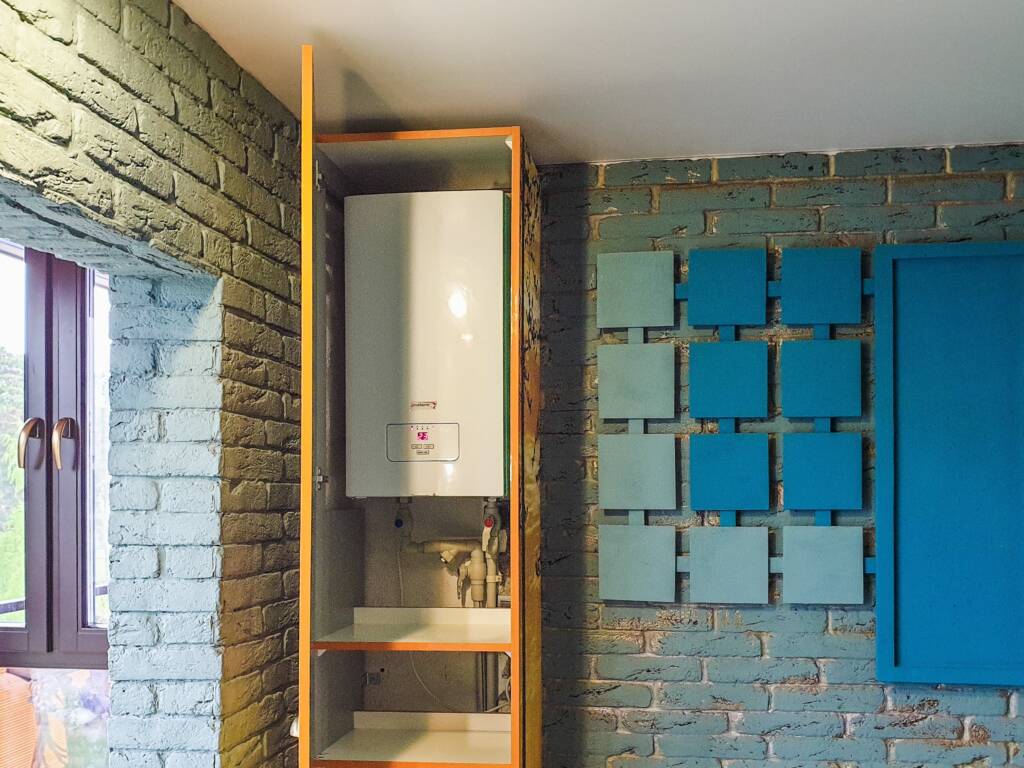The most important piece of your electric home is your heating and cooling system, that you rely on to keep your family warm on chilly evenings or simply unwind when the summer sun is shining out.
Selecting the appropriate technology and installing it correctly are crucial steps! Although there are many various types of heat pumps, Energy Sabal’s precisely constructed inverter comfort systems are unique. We take the time to thoroughly inspect your house before customizing a system to suit your needs.
How does Heat Pump Technology Work?
The technology used by a heat pump is similar to that of an air conditioner or refrigerator. It draws heat from a source, such as the ambient air, ground-based geothermal energy, nearby water sources, or waste heat from a plant. The heat is then amplified and directed where it is required. Heat pumps are significantly more efficient than traditional heating technologies like boilers or electric heaters, as most heat is transferred rather than generated.
The heat pump itself is made up of a heat exchanger that removes heat from the source and a compressor that cycles a refrigerant through a refrigeration cycle. After that, the heat is transferred via yet another heat exchanger to a heat sink.
In buildings, forced air or hydronic systems, including under-floor heating or radiators, are used to distribute heat. Heat pumps can be used in hydronic systems to give flexibility or to generate sanitary hot water when linked to a tank.
In addition to fulfilling space heating needs in the winter, a large number of heat pumps may also provide space cooling in the summer. Heat pumps are used in industry to directly heat materials or to supply hot air, water, or steam.
Large-scale heat pumps in commercial or industrial settings, as well as district heating networks, need greater input temperatures than in residential settings. These temperatures might be obtained from wastewater, data centers, or industrial waste heat.


Key Benefits of Heat Pumps
Heat pumps and mini-splits are ideal for all-electric homes because of two advantages:
- The capacity to deliver air that is both hot and chilly
- Extremely efficient functioning without reliance on fossil fuels
How is this possible for a heat pump?
by directing heat in the desired direction. Heat starts to accumulate inside your house in the summer. Cool air is left inside your house by heat pumps, which remove heat inside and recycle it outdoors via an eco-friendly refrigerant line.
Finding the Right Heat Pump
Appropriate sizing is essential for long-term success when replacing outdated heating and cooling systems with all-electric models.
We, at Energy Sabal, can locate the ideal mini-split or heat pump to save you money while making your house a more comfortable, clean, and safe space for your family all year round using the tried-and-true techniques of airflow measurements and calculating your home’s heating and cooling load.

